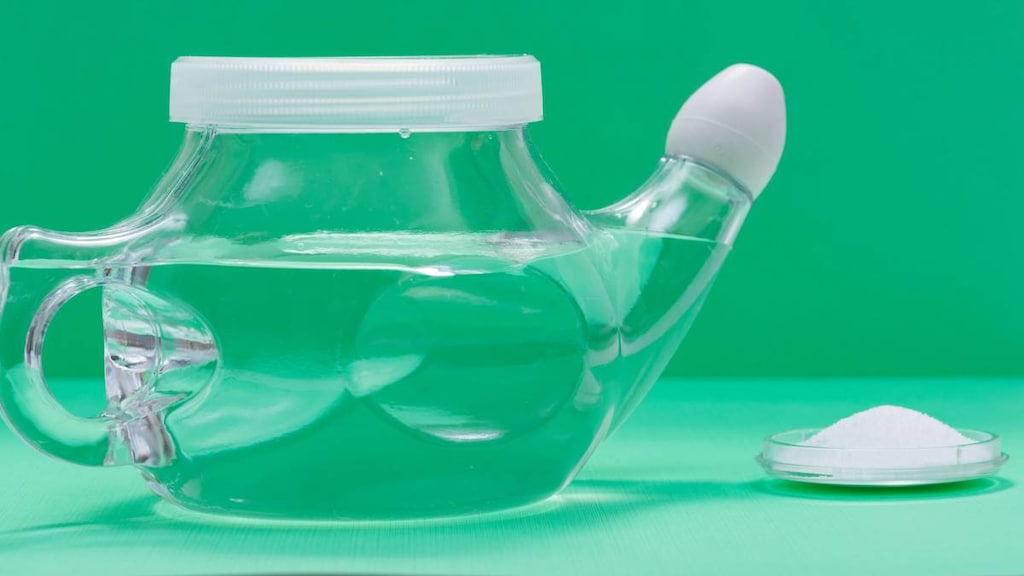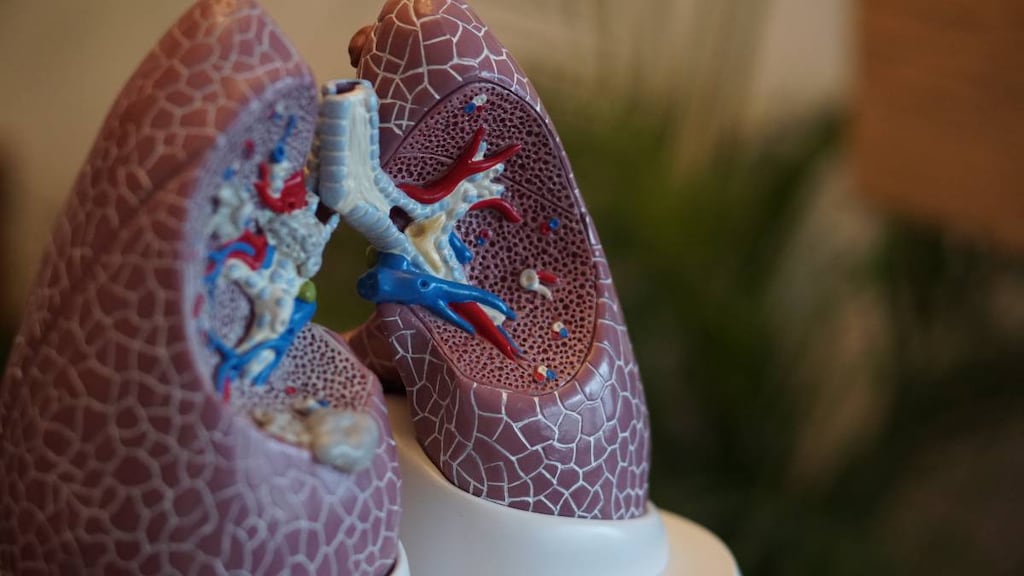Dosage Forms
Excipient information presented when available (limited, particularly for generics); consult specific product labeling. [DSC] = Discontinued product
Capsule, Oral:
Cedax: 400 mg [DSC] [contains butylparaben, edetate calcium disodium, methylparaben, propylparaben]
Generic: 400 mg [DSC]
Suspension Reconstituted, Oral:
Cedax: 180 mg/5 mL (30 mL [DSC], 60 mL [DSC]) [contains sodium benzoate; cherry flavor]
Generic: 180 mg/5 mL (60 mL [DSC])
Pharmacology
Mechanism of Action
Inhibits bacterial cell wall synthesis by binding to one or more of the penicillin-binding proteins (PBPs) which in turn inhibits the final transpeptidation step of peptidoglycan synthesis in bacterial cell walls, thus inhibiting cell wall biosynthesis. Bacteria eventually lyse due to ongoing activity of cell wall autolytic enzymes (autolysins and murein hydrolases) while cell wall assembly is arrested.
Pharmacokinetics/Pharmacodynamics
Absorption
Rapid; food decreases peak concentrations, delays Tmax, and lowers AUC
Distribution
Distributes into middle ear fluid, bronchial secretions, and sputum; Vd: Children: 0.5 L/kg; Adults: 0.21 L/kg
Excretion
Urine (~56%); feces (39%)
Time to Peak
2 to 2.6 hours
Half-Life Elimination
Children: 2 hours; Adults: 2.4 hours; CrCl 30 to 49 mL/minute: 7.1 hours; CrCl 5 to 29 mL/minute: 13.4 hours; CrCl <5 mL/minute: 22.3 hours
Protein Binding
65%
Use in Specific Populations
Special Populations: Renal Function Impairment
Clearance is decreased and half-life is increased.
Use: Labeled Indications
Acute bacterial exacerbations of chronic bronchitis: Treatment of mild to moderate acute bacterial exacerbations of chronic bronchitis due to Haemophilus influenzae (including beta-lactamase-producing strains), Moraxella catarrhalis (including beta-lactamase-producing strains), or Streptococcus pneumoniae (penicillin-susceptible strains only).
Limitations of use: In acute bacterial exacerbations of chronic bronchitis clinical trials where M. catarrhalis was isolated from infected sputum at baseline, ceftibuten clinical efficacy was 22% less than control.
Acute bacterial otitis media: Treatment of mild to moderate acute bacterial otitis media due to H. influenzae (including beta-lactamase-producing strains), M. catarrhalis (including beta-lactamase-producing strains), or Streptococcus pyogenes.
Limitations of use: Although ceftibuten used empirically was equivalent to comparators in the treatment of clinically and/or microbiologically documented acute otitis media, the efficacy against S. pneumoniae was 23% less than control. Therefore, ceftibuten should be given empirically only when adequate antimicrobial coverage against S. pneumoniae has been previously administered.
Pharyngitis/tonsillitis: Treatment of mild to moderate pharyngitis and tonsillitis due to S. pyogenes.
Contraindications
Hypersensitivity to ceftibuten, other cephalosporins, or any component of the formulation.
Dosage and Administration
Dosing: Adult
Note: All ceftibuten formulations (brand and generic) have been discontinued in the US for more than 1 year.
Acute bacterial exacerbations of chronic bronchitis: Oral: 400 mg once daily for 10 days
Acute bacterial otitis media: Oral: 400 mg once daily for 10 days
Pharyngitis/tonsillitis: Oral: 400 mg once daily for 10 days
Dosing: Geriatric
Refer to adult dosing.
Dosing: Pediatric
Note: All ceftibuten formulations (brand and generic) have been discontinued in the US for more than 1 year.
General dosing, susceptible infection; mild to moderate: Infants, Children, and Adolescents: Oral: 9 mg/kg/dose once daily; maximum dose: 400 mg/dose (Red Book [AAP 2015])
Bronchitis, chronic; acute bacterial exacerbations: Children ≥12 years and Adolescents: Oral: 400 mg once daily for 10 days
Otitis media, acute: Note: Ceftibuten is not a recommended treatment option in the AAP guidelines (Lieberthal 2013).
Infants ≥6 months and Children <12 years: Oral: 9 mg/kg/dose once daily for 10 days; maximum dose: 400 mg/dose
Children ≥12 years and Adolescents: Oral: 400 mg once daily for 10 days
Pharyngitis/tonsillitis: Note: Ceftibuten is not a recommended treatment option in the IDSA guidelines (Shulman 2012).
Infants ≥6 months and Children <12 years: Oral: 9 mg/kg/dose once daily for 10 days; maximum dose: 400 mg/dose
Children ≥12 years and Adolescents: Oral: 400 mg once daily for 10 days
Reconstitution
Refer to manufacturer’s product labeling for reconstitution instructions. Shake well.
Administration
Capsule: Administer without regard to food.
Suspension: Administer at least 2 hours before or 1 hour after meals. Shake well before use.
Dietary Considerations
Suspension: Take 2 hours before or 1 hour after meals.
Storage
Store at 2°C to 25°C (36°F to 77°F). Reconstituted suspension is stable for 14 days when refrigerated at 2°C to 8°C (36°F to 46°F).
Drug Interactions
Aminoglycosides: Cephalosporins (3rd Generation) may enhance the nephrotoxic effect of Aminoglycosides. Monitor therapy
BCG (Intravesical): Antibiotics may diminish the therapeutic effect of BCG (Intravesical). Avoid combination
BCG Vaccine (Immunization): Antibiotics may diminish the therapeutic effect of BCG Vaccine (Immunization). Monitor therapy
Cholera Vaccine: Antibiotics may diminish the therapeutic effect of Cholera Vaccine. Management: Avoid cholera vaccine in patients receiving systemic antibiotics, and within 14 days following the use of oral or parenteral antibiotics. Avoid combination
Lactobacillus and Estriol: Antibiotics may diminish the therapeutic effect of Lactobacillus and Estriol. Monitor therapy
Multivitamins/Minerals (with ADEK, Folate, Iron): May decrease the serum concentration of Ceftibuten. Specifically, the zinc contained in many multivitamins may decrease ceftibuten absorption. Management: Consider administering oral zinc-containing multivitamins at least 3 hours after ceftibuten. Consider therapy modification
Multivitamins/Minerals (with AE, No Iron): May decrease the serum concentration of Ceftibuten. Specifically, the zinc contained in many multivitamins may decrease ceftibuten absorption. Management: Consider administering oral zinc-containing multivitamins at least 3 hours after ceftibuten. Consider therapy modification
Probenecid: May increase the serum concentration of Cephalosporins. Monitor therapy
Sodium Picosulfate: Antibiotics may diminish the therapeutic effect of Sodium Picosulfate. Management: Consider using an alternative product for bowel cleansing prior to a colonoscopy in patients who have recently used or are concurrently using an antibiotic. Consider therapy modification
Typhoid Vaccine: Antibiotics may diminish the therapeutic effect of Typhoid Vaccine. Only the live attenuated Ty21a strain is affected. Management: Vaccination with live attenuated typhoid vaccine (Ty21a) should be avoided in patients being treated with systemic antibacterial agents. Use of this vaccine should be postponed until at least 3 days after cessation of antibacterial agents. Consider therapy modification
Vitamin K Antagonists (eg, warfarin): Cephalosporins may enhance the anticoagulant effect of Vitamin K Antagonists. Monitor therapy
Zinc Salts: May decrease the serum concentration of Ceftibuten. Management: Consider administering oral zinc salts at least 3 hours after ceftibuten. Exceptions: Zinc Chloride. Consider therapy modification
Test Interactions
Positive direct Coombs', false-positive urinary glucose test using cupric sulfate (Benedict's solution, Clinitest®, Fehling's solution), false-positive serum or urine creatinine with Jaffé reaction
Adverse Reactions
1% to 10%:
Central nervous system: Headache (≤3%), dizziness (≤1%)
Gastrointestinal: Nausea (≤4%), diarrhea (3% to 4%), dyspepsia (≤2%), loose stools (≤2%), abdominal pain (1% to 2%), vomiting (1% to 2%)
Hematologic & oncologic: Eosinophilia (3%), decreased hemoglobin (1% to 2%), change in platelet count (increase: ≤1%)
Hepatic: Increased serum ALT (≤1%), increased serum bilirubin (≤1%)
Renal: Increased blood urea nitrogen (2% to 4%)
<1%, postmarketing, and/or case reports: Agitation, anorexia, aphasia, candidiasis, constipation, dehydration, diaper rash, drowsiness, dysgeusia, dyspnea, dysuria, eructation, fatigue, fever, flatulence, hematuria, hyperkinesia, increased serum alkaline phosphatase, increased serum AST, increased serum creatinine, insomnia, irritability, jaundice, leukopenia, melena, nasal congestion, paresthesia, pruritus, pseudomembranous colitis, psychosis, rigors, serum sickness, skin rash, Stevens-Johnson syndrome, stridor, thrombocytopenia, toxic epidermal necrolysis, urticaria, vaginitis, xerostomia
Warnings/Precautions
Concerns related to adverse effects:
- Penicillin allergy: Use with caution in patients with a history of penicillin allergy; if a hypersensitivity reaction occurs, discontinue therapy and institute supportive emergency measures.
- Superinfection: Prolonged use may result in fungal or bacterial superinfection, including C. difficile-associated diarrhea (CDAD) and pseudomembranous colitis; CDAD has been observed >2 months postantibiotic treatment.
Disease-related concerns:
- Colitis: Use with caution in patients with a history of colitis and other gastrointestinal diseases.
- Renal impairment: Use with caution in patients with renal impairment; modify dosage in moderate to severe impairment and in hemodialysis patients.
Concurrent drug therapy issues:
- Drug-drug interactions: Potentially significant interactions may exist, requiring dose or frequency adjustment, additional monitoring, and/or selection of alternative therapy. Consult drug interactions database for more detailed information.
Dosage form specific issues:
- Benzyl alcohol and derivatives: Some dosage forms may contain sodium benzoate/benzoic acid; benzoic acid (benzoate) is a metabolite of benzyl alcohol; large amounts of benzyl alcohol (≥99 mg/kg/day) have been associated with a potentially fatal toxicity (“gasping syndrome”) in neonates; the “gasping syndrome” consists of metabolic acidosis, respiratory distress, gasping respirations, CNS dysfunction (including convulsions, intracranial hemorrhage), hypotension, and cardiovascular collapse (AAP ["Inactive" 1997]; CDC 1982); some data suggests that benzoate displaces bilirubin from protein binding sites (Ahlfors 2001); avoid or use dosage forms containing benzyl alcohol derivative with caution in neonates. See manufacturer’s labeling.
- Polysorbate 80: Some dosage forms may contain polysorbate 80 (also known as Tweens). Hypersensitivity reactions, usually a delayed reaction, have been reported following exposure to pharmaceutical products containing polysorbate 80 in certain individuals (Isaksson 2002; Lucente 2000; Shelley 1995). Thrombocytopenia, ascites, pulmonary deterioration, and renal and hepatic failure have been reported in premature neonates after receiving parenteral products containing polysorbate 80 (Alade 1986; CDC 1984). See manufacturer’s labeling.
- Sucrose: Some formulations may contain sucrose.
Monitoring Parameters
Monitor renal, hepatic, and hematologic function periodically with prolonged therapy. Observe for signs and symptoms of anaphylaxis during first dose.
Pregnancy
Pregnancy Risk Factor
B
Pregnancy Considerations
Adverse events have not been observed in animal reproduction studies. An increase in most types of birth defects was not found following first trimester exposure to cephalosporins (Crider 2009).
Patient Education
- Discuss specific use of drug and side effects with patient as it relates to treatment. (HCAHPS: During this hospital stay, were you given any medicine that you had not taken before? Before giving you any new medicine, how often did hospital staff tell you what the medicine was for? How often did hospital staff describe possible side effects in a way you could understand?)
- Patient may experience nausea or diarrhea. Have patient report immediately to prescriber bruising, bleeding, unable to pass urine, change in amount of urine passed, chills, sore throat, seizures, severe loss of strength and energy, vaginal pain, itching, and discharge, or signs of Clostridium difficile (C. diff)-associated diarrhea (abdominal pain or cramps, severe diarrhea or watery stools, or bloody stools) (HCAHPS).
- Educate patient about signs of a significant reaction (eg, wheezing; chest tightness; fever; itching; bad cough; blue skin color; seizures; or swelling of face, lips, tongue, or throat). Note: This is not a comprehensive list of all side effects. Patient should consult prescriber for additional questions.
Intended Use and Disclaimer: Should not be printed and given to patients. This information is intended to serve as a concise initial reference for healthcare professionals to use when discussing medications with a patient. You must ultimately rely on your own discretion, experience and judgment in diagnosing, treating and advising patients.



